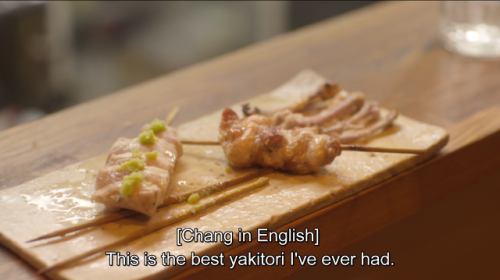a sideblog for everything i love and find interesting: philosophy, literature, cultural anthropology, folk history, folk horror, neuroscience, medicine and medical science, neuropsychology/psychiatry, ethnomusicology, art, literature, academia and so on. i am an amateur in every subject! this is just for my own personal interest in each subject :)
277 posts
Latest Posts by culturalanthropologist - Page 8

Young Nanai girl The Nanai are a Tungusic people of Eastern Asia who traditionally live along the Heilongjiang, Songhuajiang and Wusli rivers of China and Russia. Roughly translated, their name for themselves means “People of the Earth” (Nanai) or “People of the lower river” 赫哲" (Hezhe). To the Nanai, fish were most valuable and sacred. In the summer months, they fished all season long, with the sturgeon being greatly respected. In winter, they ate dried fish. Large fish weighing over 50kg were turned into clothing by drying and pounding the flesh with a mallet until it was smooth and malleable. This custom earned the Nanai the nickname “Fish-skinned Tartars” (鱼皮鞑子, Yupi Dazi). They are a generally Shamanist people with great reverence for the bear (Doonta) and the tiger (Amba). They believe that all things in the universe possess their own spirit which wanders freely throughout the world. They worship the natural world and pay tribute to the sprits of the Sun, Moon, Mountains, Water and Trees, and believe that a great serpent once arose from the Earth and gouged out the great valleys of the land. The Nanai practice a lengthy and elaborate funerary ritual which assists the soul of the deceased in travelling safely to the underworld. After death, a persons soul is moved into a temporary shelter made out of cloth, before it is transferred into a small, wooden doll called a panyo. The panyo is taken care of as if it is a living person; for example, it is given a bed to sleep in each night, with a pillow and blanket to match its miniature size. Each night this family member puts the panyo to bed and then wakes it in the morning. The doll has a small hole carved in its mouth so that a pipe may be placed there, allowing the deceased to smoke. In the final part of the ritual, called the Kasa Tavori, the Nanai feast for three days as the soul is transferred from the panyo into a full-sized, human looking wooden figure. On the final day, this wooden statue, possessed with the soul of the dead, is strapped to a dogsled and transported by the shaman on a long and dangerous journey before the sun sets. This journey marks the start of the soul’s transition into the Buni, or underworld, where it will reside for eternity. 📸 Alexander Khimushin
I love you people going into "useless" fields I love you classics majors I love you cultural studies majors I love you comparative literature majors I love you film studies majors I love you near eastern religions majors I love you Greek, Latin, and Hebrew majors I love you ethnic studies I love you people going into any and all small field that isn't considered lucrative in our rotting capitalist society please never stop keeping the sacred flame of knowledge for the sake of knowledge and understanding humanity and not merely for the sake of money alive

Gertrude Abercrombie and Sonny Rollins, Chicago, c1960s


Mongolian Archer

2000 years old green serpentine stone mask found at the base of Pyramid of the Sun, Teotihuacán, Mexico

Okay. So. You know how some people want to finish exterminating all large predatory mammals so they have less competition for deer and so they don't occasionally lose livestock? And you know how native deer species in North America have been hit increasingly hard with Chronic Wasting Disease (CWD) in the past couple of decades due to overpopulation thanks to the eradication of large predatory mammals that normally keep them in check?
We already have evidence that reintroducing predatory mammals to their native ranges not only knocks deer populations back to a healthier level, and now we've discovered that apparently the digestive systems of cougars and bobcats are lethal to CWD prions. Prions are among the most difficult pathogens* to eliminate; you have to heat them up to about 1,800 degrees F in order to thoroughly destroy them. And prion diseases like CWD are almost universally fatal.
So to find that these wild cats can safely eat CWD-infected animals AND significantly reduce the chances that the prions will be spread to other deer is a pretty big deal, especially since some other animals like coyotes and crows do pass prions undamaged through their digestive systems. And it's just one more example of why an ecosystem needs all of the species that have evolved in it over thousands of years, not just those are convenient for humans to have around. The spread of CWD is directly related to the overpopulation of deer, and it's likely that continuing to reintroduce large predatory mammals to their native range will help quell this awful prion disease.






anthony bourdain: parts unknown episode 5 - tangier


@el-shab-hussein @huzni
Cannot stop thinking about Anne magill paintings. Maybe my new favorite painter. She just captures this ..,,,,,, dreamy feeling...,,, a certain tenderness..... a fleeting moment of contentedness..... like nothing else I’ve seen
Mountain Jewish singer Migir Rabaev singing in Juhuri (Judeo-Tat), Dagestan (USSR), 1974
Judeo-Tat or Juhuri is a language spoken in the Jewish community of the Eastern Caucasus, often referred to as the Mountain Jews. It belongs to the southwestern branch of the Iranian languages and is very close to Persian and Tajik, while also containing elements of Hebrew, Aramaic and Arabic. In the mid-19th century, Russia annexed the region, and the Russian language began to spread among the Mountain Jews. But only after the communist revolution did the mass transition from Juhuri to Russian begin. Now, Judeo-Tat is classified as "definitely endangered" by UNESCO's Atlas of the World's Languages in Danger.
from @nationalparknews on ig . “These wolves make a nap in the snow look so cozy! This Yellowstone National Park pack was captured on video lying in some fresh powder, relaxing in the winter sun.”


horse in deer mask tattoo of Princess Urok, a Scythian princess found buried in Siberia believed to have ruled a kingdom in the Altai Mountains

Someone built this.. sketched it up, milled some wood and pieced it together. Everything that’s taken time and unimaginable effort becomes so timelessly beautiful.

Ellisif Wessel feeds draft reindeer at mosekraken by Solheim, winter 1896

An Ortodox Bulgarian bride from Raykovo village, Smolyan, Bulgaria
(via Bulgarian Archives State Agency - Smolyan)
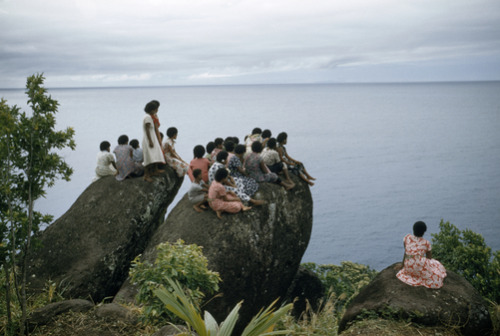
Village women chant songs to entice turtles to shore, Namuana, Kandavu, Fiji Islands, by Luis Marden.
““In Somali when we see injustice we say ‘dhiiga kuma dhaqaqo?’ which translates into ‘does your blood not move?’””
— Warsan Shire










Sego Canyon, Utah
Taken March 2021
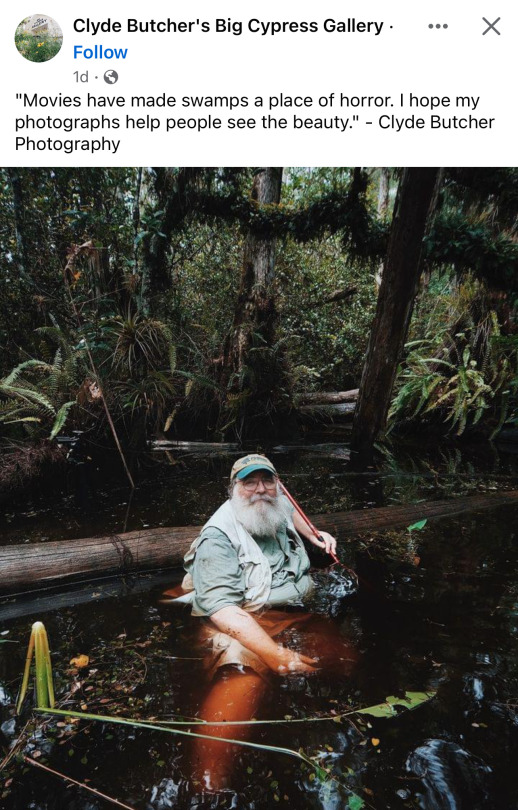
This is so wholesome
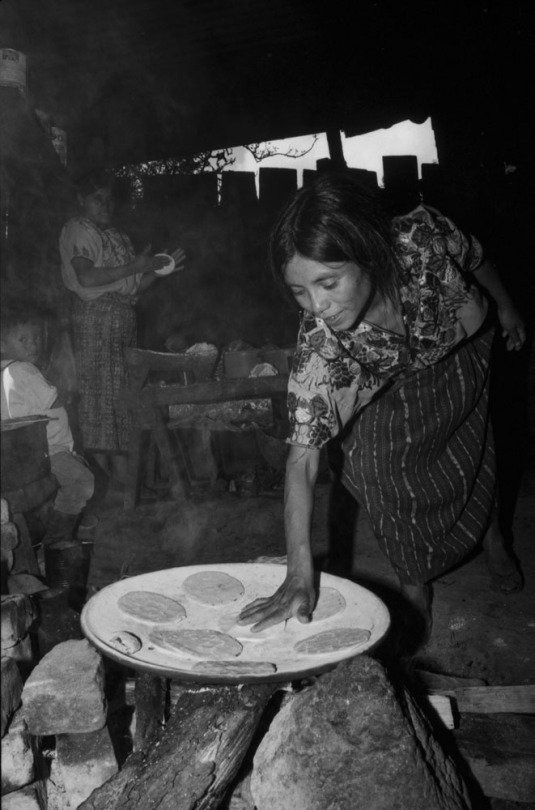
Women making tortillas over an open fire. Taltemiche, Guatemala.
June, 1995
PlusX Pan film

nabil anani, "palestinian folklore," 2020, acrylic on canvas
![“As With Interwar Flappers In Europe And America, A New Philosophy Was Emerging [in Japan] In Which](https://64.media.tumblr.com/3614a25a80bc047482957a2bc88668ce/tumblr_ozgwgoMZcB1qg8r34o1_540.jpg)
“As with interwar flappers in Europe and America, a new philosophy was emerging [in Japan] in which physical activity became a space of a fashion-spectacle and its product of a healthy body was considered prepossessing and feminine. The new body consciousness of the moga [modern girl] was manifested in the popularity of ocean bathing and the swimsuit.
“By the mid-Taisho period [1912-1926], bathing was increasingly common for young middle-class Tokyoites. The influence of Hollywood on Japanese mogafashions in undeniable and helped spawn the new sexuality based on a healthy physicality, but the change was essentially a product of the processes of modernism.”
– Japanese Fashion: A Cultural History, Toby Slade, 2009





The relation between nature and human being: Agnieszka Lepka





Cave paintings from Magura Cave, Bulgaria, estimated to be around 10k-8k years old depicting animals and people, hunting, ritual dances, and deities
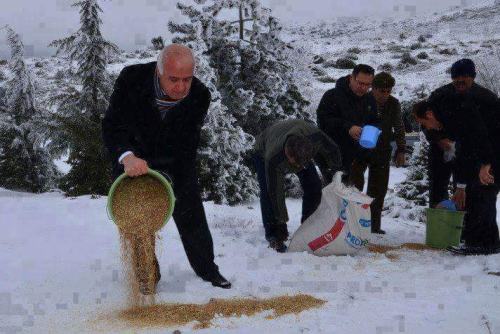
This is a very old Islamic tradition, still alive in parts of Turkey. When a white blanket of snow covers everything - people go to the tops of mountains peaks and scatter seeds and food for the birds through the snowing season so as not to let the birds die of starvation. This deed was started by the Muslim caliph Umar bin Abdul Aziz and is narrated in various books of history and quoted as “Go and spread seeds on the tops of mountains - may the birds not die of starvation in a Muslim country.”

Ah-Weh-Eyu (Pretty Flower). Seneca Native American. 1908.
Vintage real photo postcard. Photograph by J.L. Blessing, published by The Blessing Studio, Salamanca, New York, United States.










